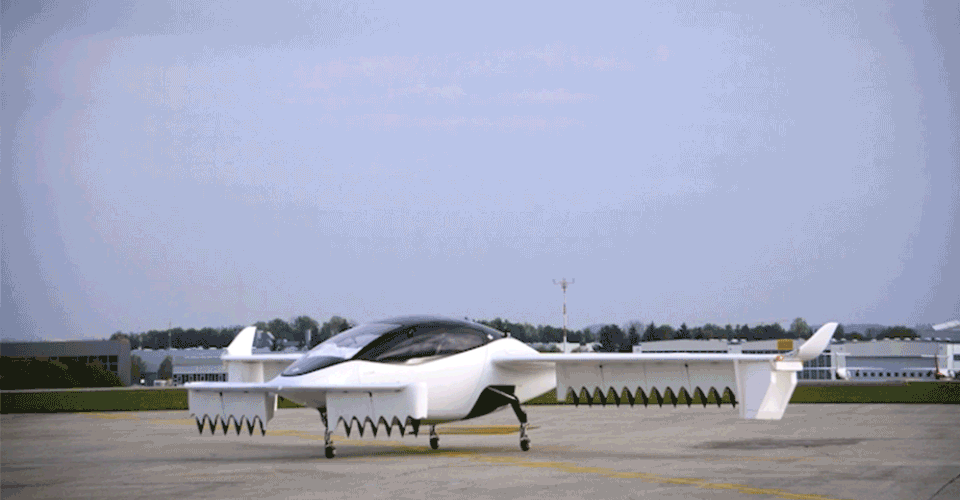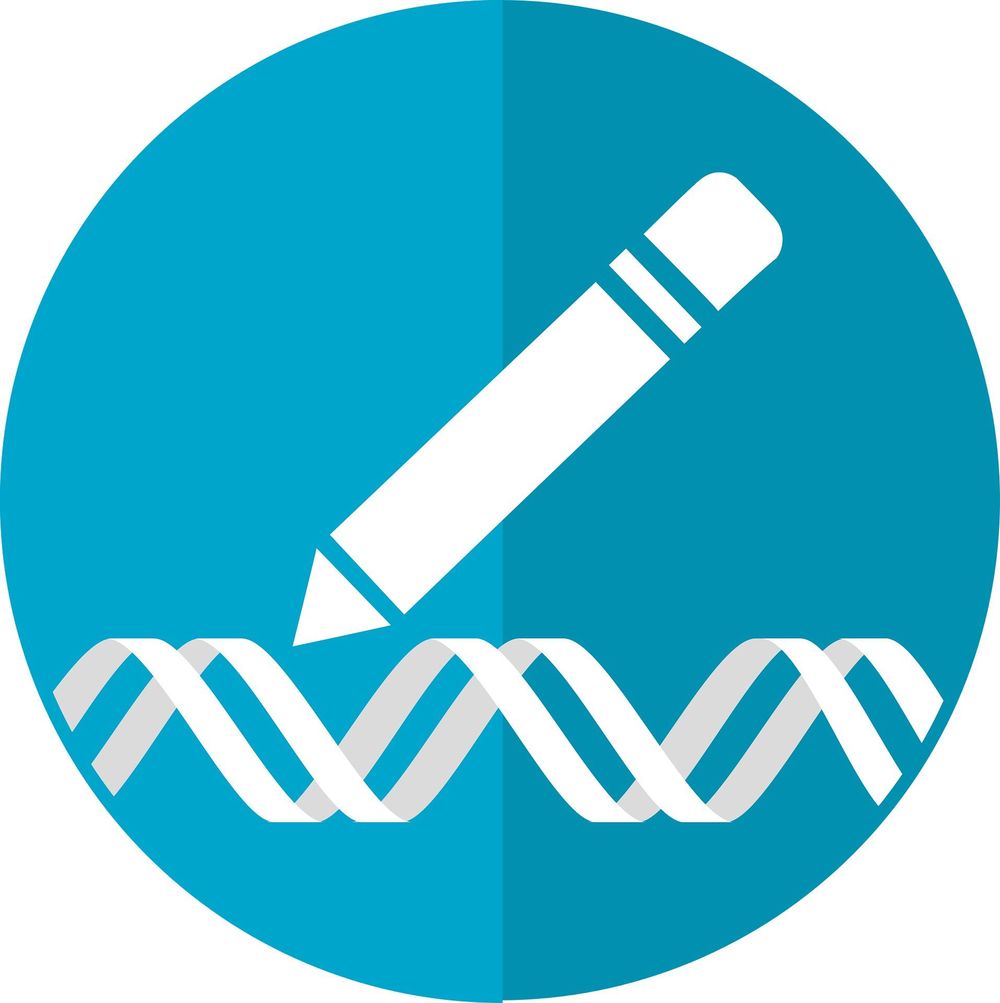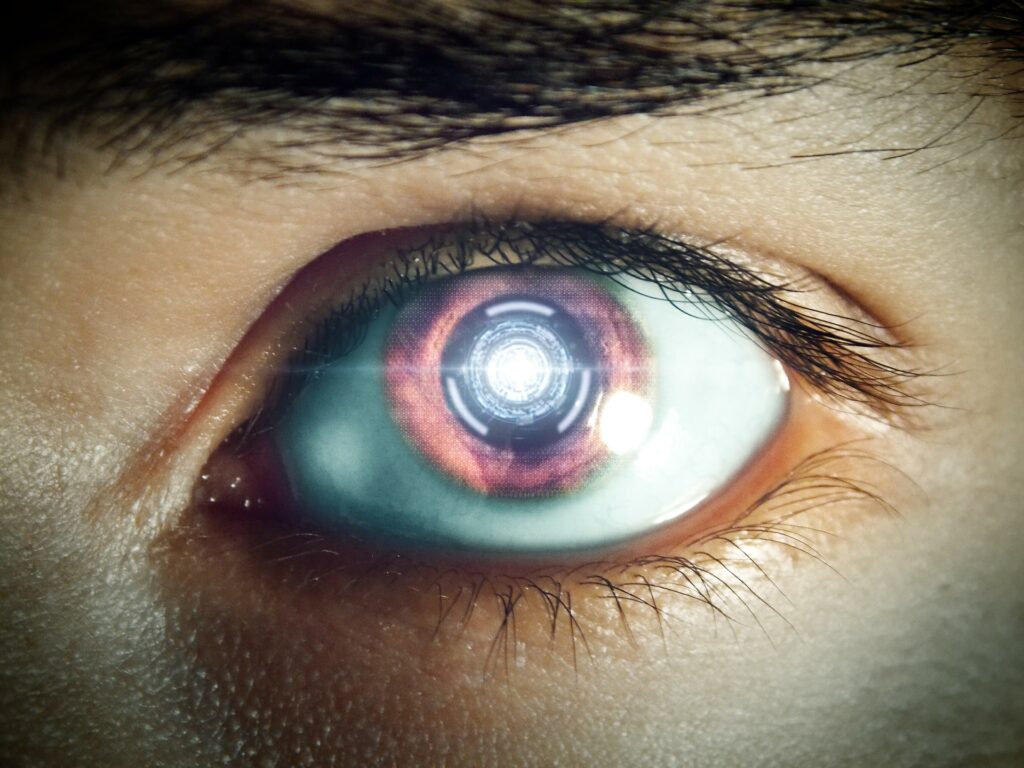May 17, 2019
This startup is planning a flying taxi service that costs about the same as normal taxis
Posted by Genevieve Klien in categories: mobile phones, transportation
A flying taxi that you can order through an app? This German company plans to make that a reality in the next six years.
Munich-based startup Lilium unveiled its five-seater electric air taxi prototype on Thursday. The Lilium Jet, which conducted its first flight earlier this month, is part of an app-based flying taxi service that the company expects will be “fully-operational in various cities around the world by 2025.”
The battery-powered jet is capable of traveling 300 kilometers (186 miles) in 60 minutes on a single charge, and will connect cities through a network of landing pads. Commuters will be able to book rides from their nearest landing pad through a smartphone app.


















